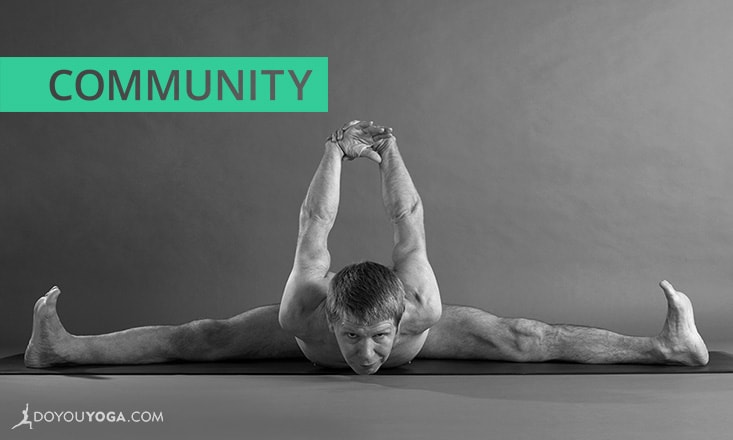Both Ashtanga and Bikram follow set sequence of postures which have been designed scientifically to heal old injuries, enhance well-being in the body and mind, and achieve the perfect balance within the body.
Bikram and Ashtanga yoga are two contrasting disciplines of yoga, but strongly complement each other with their different methods of teaching.
History and Tradition
The Bikram sequence was created by Bikram Choudhury in the early 1970s, and consists of 26 postures and two Pranayama breathing exercises. The practice is a moving meditation, and has a strong theme of challenging oneself to overcome mental and physical barriers.
The Ashtanga method that consists of six series has a traditional lineage and history, which has been popularised by Sir Pattabhi Jois. Ashtanga yoga uses Ujjayi breath and drishti (focal points) as its main tools, and is considered a very spiritual practice.
Practice Conditions
Bikram classes are held in a studio with an ideal temperature of 104 degrees Fahrenheit. The external heat helps detoxify the body through sweating.
Ashtanga yoga builds the ‘internal fire’ within the body by the use of flowing vinyasas synchronised with the breath. This cleanses the body internally by heating the blood, and thinning it, to improve circulation around the body.
Teaching Style
Students who practice Bikram yoga are lead by a strong dialogue which is consistent throughout the world. Alignment and posture corrections are delivered through verbal cues.
In Ashtanga, once comfortable and familiarized with the sequence, Ashtanga practitioners will lead themselves through the class by using their breath as a tool in a silent room. Each posture will be held for five breaths. Teachers will make physical adjustments and assist students going deeper in the posture’s.
Asanas
Bikram Yoga is a set sequence of 26 postures with two breathing exercises. The standing series teaches balance, and builds strength in the lower body. The floor series places an emphasis on backbends and stretching the spine.
Compression postures play a big part in the sequence by compressing your internal organs to enhance function.
The Ashtanga asanas focus on lengthening the hamstrings, and opening the hips. The postures are linked together by vinyasas, which build incredible strength in the arms and the core.
The floor postures mainly consist of forward bends, and at the end you will practice inversions to reverse the blood flow in the body and improve circulation.
While the two styles have plenty of differences, they also share many wonderful common interests and both aim to achieve the same goals. Both Ashtanga and Bikram will improve your flexibility, build stamina and strength, cultivate focus and discipline, bring more peace into your mind, and connect you to your true self.
Why not practice the two together and enjoy the best of both worlds?


